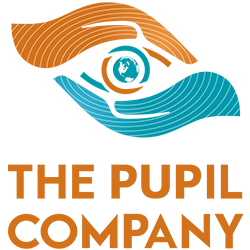Take a moment to imagine Tatooine.
It’s a strange place, covered in red dust, two suns floating above you and strange little creatures scurrying about stealing parts off rusted spacecrafts.
https://media.giphy.com/media/xT9DPE7p0tbSGfcMJa/giphy.gif
Now imagine that you’ll need to fix that spacecraft.
It’s a simple process- there is a toolkit with a series of wrenches aligned from ¼” to 2” in ¼” increments.
You’ll need to remove the glowing green hyperspace module located on the underside of the craft and to recalibrate the unit using the calibrator in your hut (it’s a metal stand next to your bed).
Once calibrated be sure to align the copper pins on the underside of the hyperspace module with the connection points on the ship or the unit will overheat and become a small nuclear weapon and blow up your hut and seriously place your neighbors in danger.
Feel confident? You shouldn’t…
Feel confident? You shouldn’t…
The above is a ridiculous series of instructions; not only am I asking the reader to imagine a new world, but also to memorize a series of steps to accomplish a task with significant consequences.
But, is your training any different?
More often than not new-hires are asked to imagine their new workplace outside of the training room while also learning the steps to become successful in this strange new world.
They are tasked with these two competing tasks and we wonder why our success rates are not what we would like.
Is your training any different? More often than not new-hires are asked to imagine their new workplace outside of the training room while also learning the steps to become successful in this strange new world.
We’ll call this concept, “the unfair task of imagination.”
The foolishness of this concept is that new hires will be able to easily learn the skills necessary for their job in an environment that is wholly different than the environment in which they will implement those skills.
The skills are real.
The consequences are real.
But, the environment is manufactured.
Instead, modern augmented reality, virtual reality, and computer-based simulations allow us to bridge the gaps that the unfair task of imagination creates.
The companies that embrace these technologies will have a competitive advantage because they are removing artificial barriers for the success of their employees.
These technologies take on the mantle of world-building and rightly place the responsibility of imagination on the educator instead of the weighing down the learner.
https://media.giphy.com/media/xUA7b1N9MKesp28kAU/giphy.gif
What’s YOUR Vision?

- Have you taken the time to build the world that your learner will eventually work in in the training room?
- Have you considered the value of new technologies to streamline your training and the effects that those advantages can have on your bottom line?
